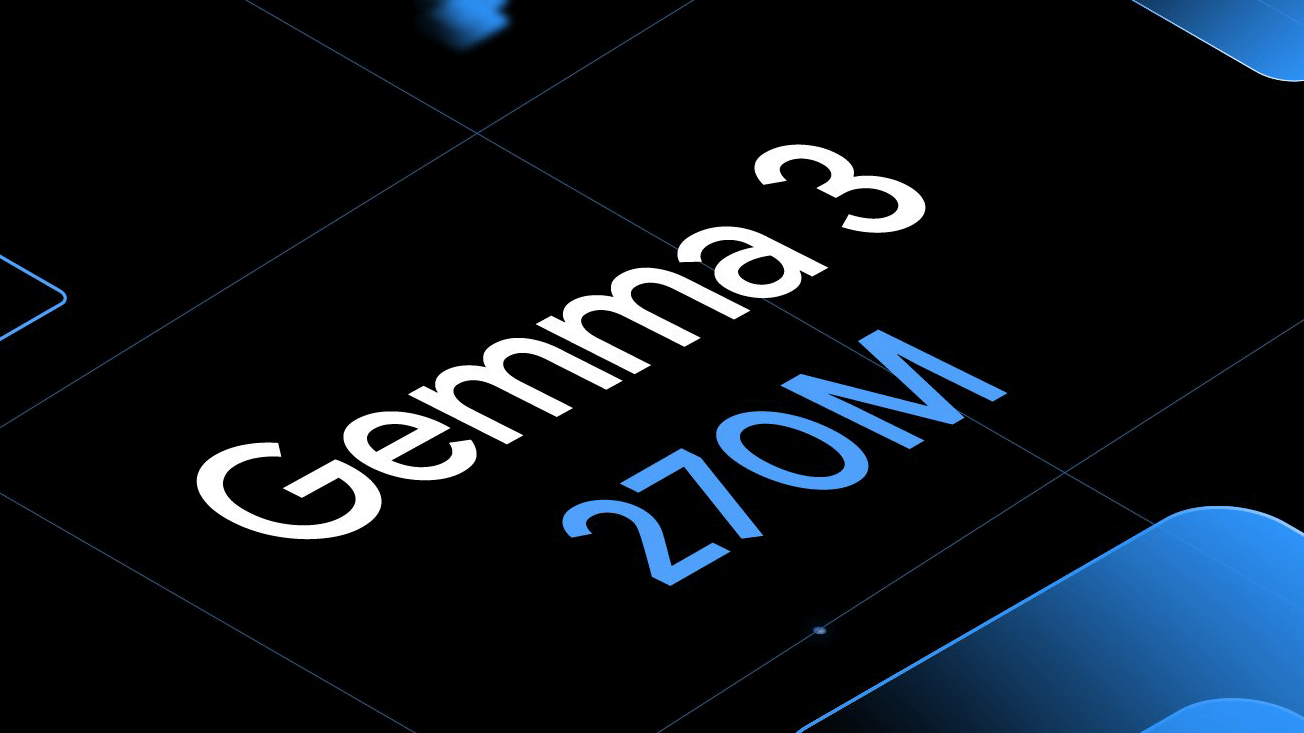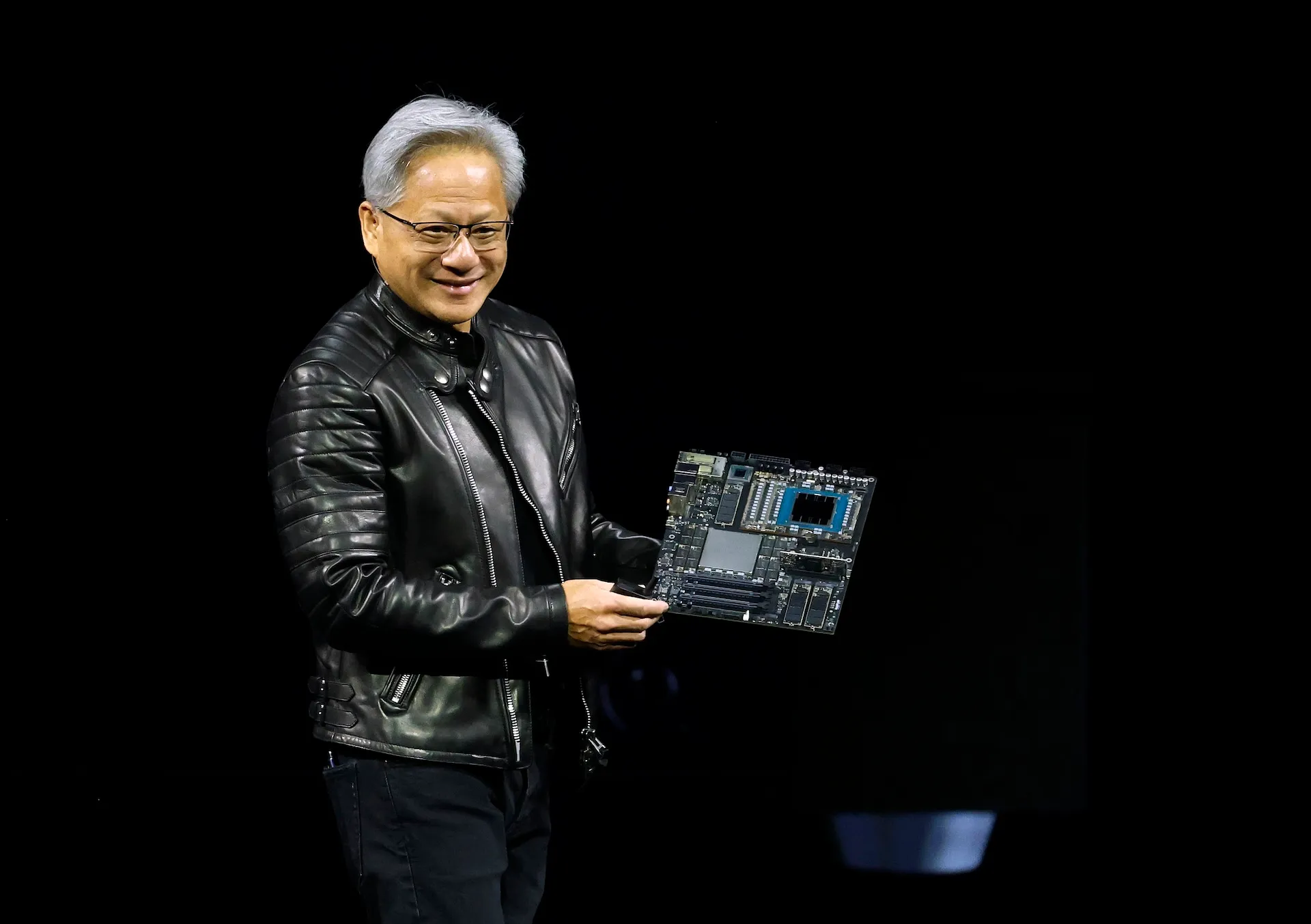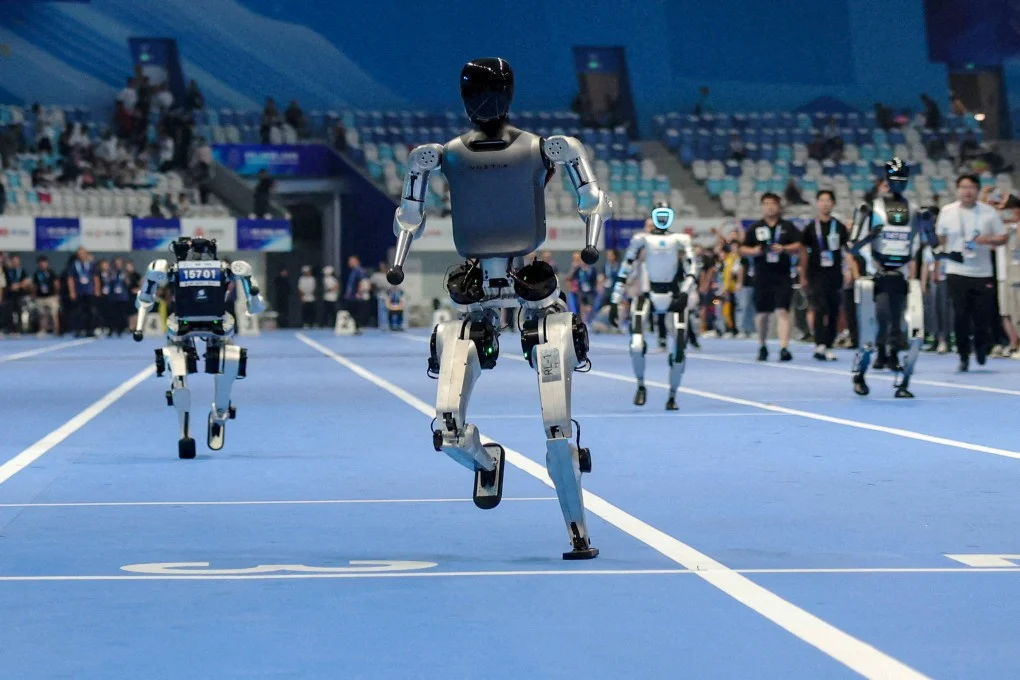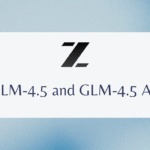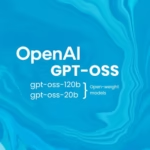While 2024 lacked the groundbreaking “wow” moments akin to the first encounter with ChatGPT, the rapid pace of AI innovation ensured the field remained dynamic. Let’s delve into the key themes discussed and provide a detailed commentary on the implications, challenges, and opportunities awaiting AI in 2025 and beyond.
Will AI Development Hit a Wall?
2024 marked a subtle yet significant shift in AI development dynamics. For years, the industry relied on scaling up data and computational power to improve large AI models. However, the law of diminishing returns is becoming evident, even to the most bullish advocates of this approach. The industry seems to be reaching a saturation point where mere expansion is no longer a dependable path to breakthroughs.
Instead, innovation is pivoting towards more nuanced methodologies. For instance, models capable of multi-step reasoning represent a promising avenue. These systems, which can query and refine their own outputs, hint at something closer to human-like reasoning. OpenAI’s o3, cited as a notable advancement, exemplifies this trend.
Our Take: The Shift from Scaling to Refinement
We view this as a healthy evolution for AI. Rather than chasing size, the focus is shifting to intelligence. Refinement of model behavior—learning to think more critically and interactively—aligns better with real-world utility. However, it also raises philosophical questions: Can a system truly “reason,” or are we merely creating more sophisticated imitators of reasoning? For now, the distinction remains murky, but this direction ensures that AI remains fertile ground for innovation.
Agent-like Capabilities: Google’s Reinvigoration
Google’s resurgence in AI after playing catch-up with OpenAI for two years illustrates the industry’s dynamic nature. The concept of AI agents capable of monitoring user behavior (such as web activities) to perform tasks proactively is intriguing. If implemented thoughtfully, such systems could revolutionize personal productivity and task management.
Challenges Ahead
The road from prototype to product is fraught with challenges. Trust and reliability will be paramount. Users are unlikely to adopt systems that feel invasive or prone to errors. Moreover, the specter of data privacy concerns looms large, especially when agents monitor behavior so closely.
Our Perspective: A Paradigm Shift in Interaction
If AI agents mature into reliable digital assistants, they could redefine how humans interact with technology. Imagine a future where your AI not only anticipates your needs but autonomously executes tasks with minimal input. However, transparency and control mechanisms must underpin these advancements to ensure user comfort and trust.
The Quest for AI’s ‘Killer App’
Generative AI, for all its transformative potential, has mostly offered piecemeal enhancements. Tools that assist with writing or photo editing, while occasionally helpful, often fail to deliver life-altering utility.
In 2025, we may witness the first glimpses of applications capable of more direct intervention. These systems could potentially serve as virtual memory banks or personal assistants that learn and adapt to individual behaviors. Yet, the reluctance of tech companies and users to embrace these systems at scale indicates that we are still years away from a true killer app.
Why We Haven’t Arrived Yet
The hesitancy stems from fundamental limitations in AI reliability. Hallucinations, biases, and a lack of contextual understanding make current systems unsuitable for critical, high-stakes tasks. Trusting an AI to manage essential aspects of life requires a level of dependability that current models have yet to achieve.
Our Analysis: The Long Road to Transformation
The emergence of AI’s killer app could mark the dawn of an era where AI becomes indispensable to daily life. However, the journey demands breakthroughs in accuracy, safety, and user confidence. Incremental progress in 2025 will likely set the stage, but patience is necessary.
Nvidia’s Dominance: Will It Last?
Nvidia’s role as the backbone of the AI revolution cannot be overstated. Its GPUs, tailored for AI workloads, have cemented the company’s position at the heart of the industry. However, competition is heating up. Tech giants are increasingly investing in custom chip designs, aiming to erode Nvidia’s dominance.
Competitor Dynamics
Broadcom’s revelation about the development of massive in-house supercomputing clusters signals an impending shake-up. By 2027, these clusters could dwarf today’s largest systems. While Nvidia remains ahead, particularly with its Blackwell product cycle and robust software ecosystem, the next few years will be critical.
Our View: A Moat of Innovation
Nvidia’s advantage lies not just in hardware but in its software ecosystem, which creates a high barrier for competitors. However, the emergence of alternatives will democratize access to cutting-edge AI infrastructure, spurring further innovation across the industry.
The Stock Market’s AI Boom: Hype vs. Substance
The AI gold rush has fueled a massive capital influx, with tech companies racing to integrate AI into their offerings. This spending spree, driven as much by fear of missing out as by concrete returns, has kept investor enthusiasm high. Yet, the sustainability of this boom remains uncertain.
Macroeconomic Factors at Play
The Federal Reserve’s monetary policies and the new Trump administration’s deregulatory stance will heavily influence market behavior. A volatile economic environment could amplify corrections in the stock market, testing investor resolve.
Balancing Optimism with Reality
While hype can drive short-term gains, the long-term success of AI investments will depend on tangible outcomes. Companies that demonstrate measurable productivity gains or cost reductions through AI adoption will emerge as leaders, setting the tone for the next phase of growth.
Final Thoughts: Charting the AI Roadmap for 2025
As we look to 2025, the AI landscape appears poised for a transitional phase. The industry is moving away from the brute-force approach of scaling models and toward smarter, more efficient paradigms. Innovations in reasoning, agent-like behavior, and application design will shape the year ahead. Nvidia’s continued dominance, the quest for AI’s killer app, and the stock market’s response to AI-driven disruption will be key themes to watch.
However, the path forward is fraught with challenges. Trust, reliability, and scalability remain elusive targets. As AI technology continues to evolve, society must grapple with its ethical, social, and economic implications.
At Superintelligence News, we are committed to exploring these developments with depth and clarity. To stay ahead of the curve and join the conversation about AI’s transformative potential, subscribe to the Superintelligence Newsletter. Be the first to receive expert insights, analyses, and updates on the world of artificial intelligence. Together, let’s navigate the future of AI.


